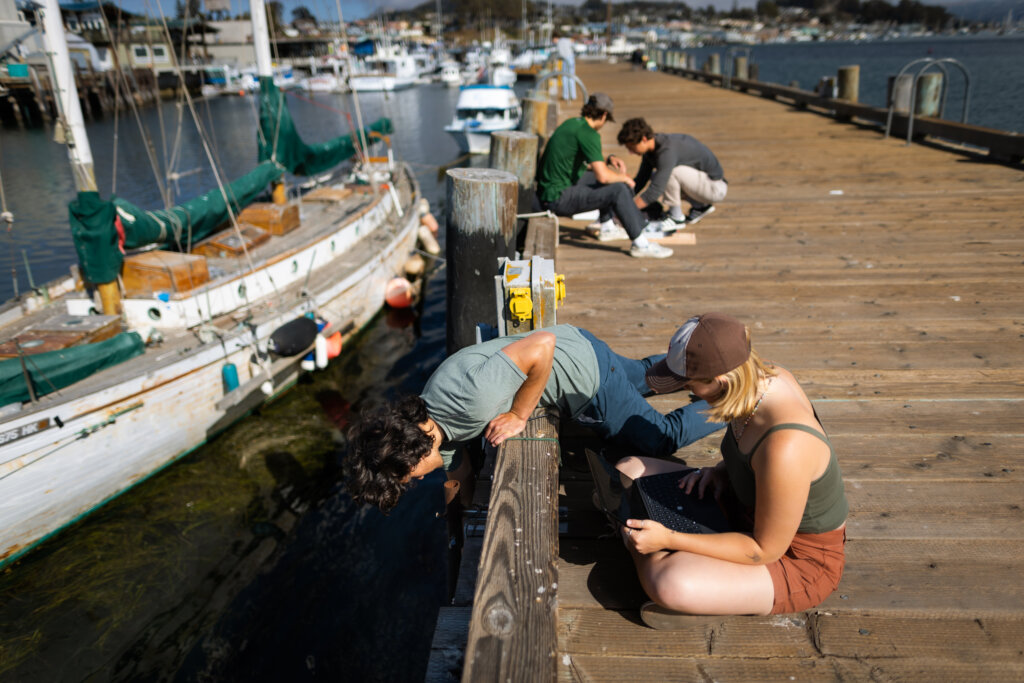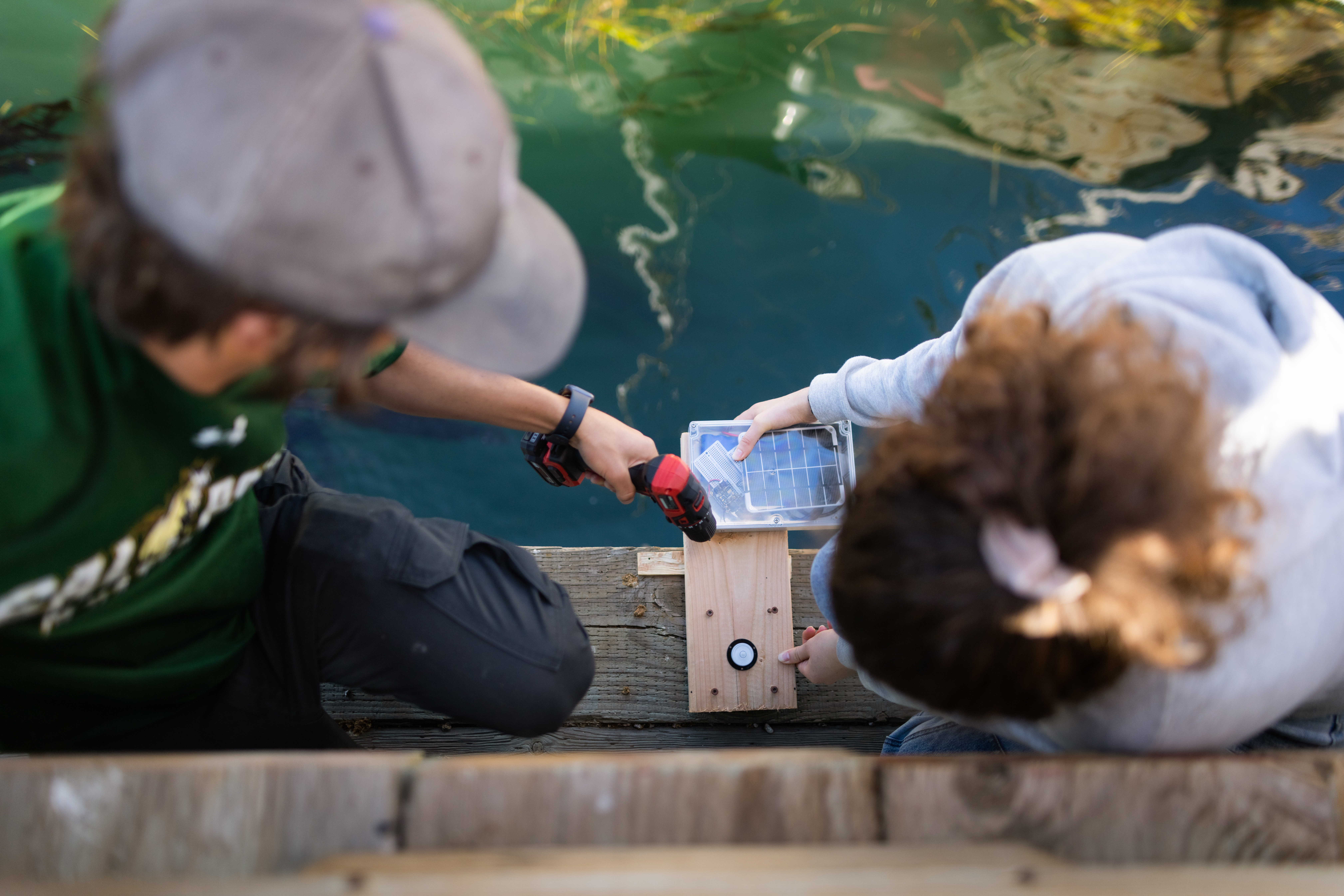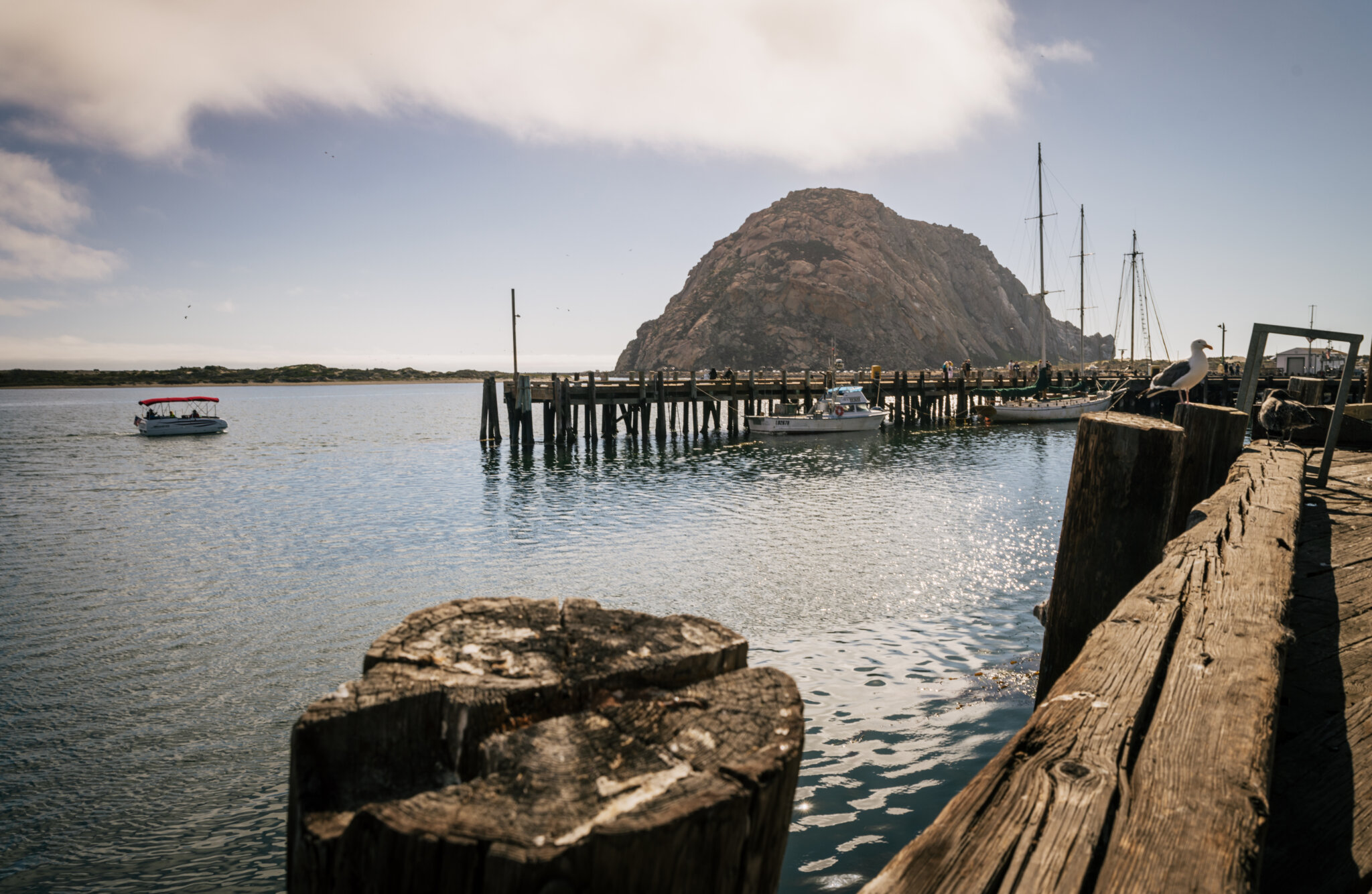
Master Theses - ce/enve
A cornerstone of the M.S. program is submitting a thesis, which serves as a culmination of the student’s academic journey. Under the guidance of a faculty advisor, students engage in a research-based experience, delving into a specific area of interest within Civil and Environmental Engineering. This thesis demonstrates the depth of their understanding and expertise and showcases their ability to contribute new knowledge and insights to the field.

Our Latest Awarded theses

Kaden Caliendo
The tidal prism, or the volume of water exchanged from the sea to an estuary from mean low to mean high tide, influences system hydrodynamics and ecological functioning. Since 1884, the tidal prism in Morro Bay, California has been estimated to be decreasing over time due to sedimentation from upstream practices. What is the current tidal prism in Morro Bay and how will that change with sea level rise? How will eelgrass respond to rising sea levels?

Mikaela Romanini
There is a growing need to better understand the dynamics of small and medium Mediterranean low-inflow estuaries (LIEs), which is addressed here by characterizing a heat budget and associated heat transfer processes. A one-dimensional deterministic model was developed from the advection-diffusion equation and applied to Morro Bay, CA using 15-minute water property (temperature, salinity, pressure) and meteorological (wind speed and direction, air temperature, relative humidity, air pressure, irradiance) data collected over a two-year period (2020 – 2021).

Riley James Muehler
Pitting corrosion is a prevalent form of corrosive damage that can weaken, damage, and initiate failure in corrosion-resistant metallic materials. For instance, 304 stainless steel is commonly utilized in various structures (e.g., miter gates, heat exchangers, and storage tanks), but is prone to failure through pitting corrosion and stress corrosion cracking under mechanical loading, regardless of its high corrosion resistance. In this study, to better understand the pitting corrosion damage development, controlled corrosion experiments were conducted to generate pits on 304 stainless steel specimens with and without mechanical loading.

Peyton Ratto
Vehicle miles traveled (VMT) and its relationship with the built environment has been extensively studied. Most notably, five D variables of the built environment including density, diversity, design, destination accessibility, and distance to transit are the key variables included in this research to explain VMT generation from housing developments. This thesis uses prior research that developed robust statistical models and findings to create a framework to estimate VMT reduction affected by infill housing developed using incentives provided by the state compared to a regional comparator.